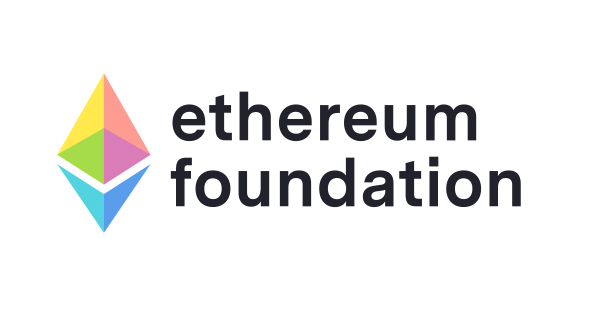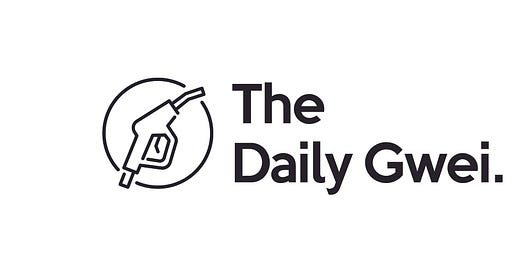The Merge has been all anyone can talk about for quite a while now - and for good reason - the largest upgrade in Ethereum’s history is now just months away. But there’s still a bunch of testing to do before we can safely deploy The Merge to the Ethereum mainnet so I wanted to give a brief overview of what this all looks like in today’s piece.


Alright so the first public testnet to run through The Merge transition will be Ropsten and this will happen around June 8th. Once the transition happens, Ropsten will be a full Proof of Stake network and no longer use Proof of Work to produce blocks. Though the funny thing is that Ropsten is actually being deprecated as a testnet right after it goes through The Merge transition! After Ropsten comes 2 more public testnet merge transitions - Sepolia and then Goerli - though the infamous Rinkeby testnet won’t be going through the transition as it is also being deprecated. While this is all happening, it’s a good bet that the so-called ‘shadow forks’ will continue to run in parallel. More info on the state of the testnets post-merge can be found here.
Before I move onto what happens after the testnets, it should also be noted that the difficulty bomb will most likely be delayed from June to August which may push the mainnet merge out to early September (estimates had it around mid-late August before the decision to move the bomb - though keep in mind all of this is my own personal speculation on timing). The main reason to move the difficulty bomb is because if it wasn’t moved, apps on the Ethereum network would be experiencing 20+ second blocks by the time The Merge transition happened which could result in some unintended consequences. For context, normal block times on Ethereum under Proof of Work are around 13 seconds (and will be 12 seconds post-merge).
If all goes well with the public testnet merge transitions, it’ll be time to get both the consensus layer (the Beacon Chain) and the execution layer (“eth1”) ready for The Merge. The consensus layer will go through the ‘Bellatrix’ upgrade and the execution layer will go through the ‘Paris’ upgrade - these 2 upgrades get the respective layers ready for The Merge transition. As I said above, my own estimates put the mainnet merge in late August/early September but there is no “official” date just yet. It’s also worth keeping in mind that if there are, for any reason, major bugs discovered with the public testnets or if there are any coordination isues then this would likely push the merge date out further.
One last thing - it’s important to understand how The Merge transition will occur as it’s different to typical network upgrades/hard forks that normally use a target block number. For The Merge, something called ‘terminal total difficulty’ or ‘TTD’ is used instead of a block number. Essentially, the TTD number is set and then at some point in the future when that TTD is reached, The Merge transition will occur. This method was chosen instead of the usual block number method (or slot number on the consensus layer) in order to prevent any issues around miners leaving en-masse before The Merge or attempting to do anything nefarious to possibly delay The Merge.
We are literally just months away from Ethereum finally becoming a full Proof of Stake network and I couldn’t be more excited. I’ve already gone through the implications of The Merge in this piece though I still don’t think most people realise just how monumental this event is going to be for not just Ethereum but all of crypto. I truly believe The Merge will be one of, if not the most important, events in the history of crypto - and we all get to witness it first-hand!
The Merge is coming - are you ready?
Thanks to Trent Van Epps for review and comments on this piece!
Have a great day everyone,
Anthony Sassano
Enjoyed today’s piece? I send out a fresh one every week day - be sure to subscribe to receive it in your inbox!
Join the Daily Gwei Ecosystem
All information presented above is for educational purposes only and should not be taken as investment advice.




